Chemical Vapour Deposition
Chemical vapour deposition describes a technique to coat a sample with a solid using gaseous precursor. As precursor many different substances can be used. The most common ones are gases, metal-organic molecules and metal salts. The following sketch briefly describes the steps of a typical chemical vapour deposition. The different steps of a chemical vapour deposition: A) The adsorption and absorption of the precursor molecule. B) The precursor decomposes due to some activation energy. Thermal, plasma, electronic and photonic energy are the most common ones for precursor activation. C) Heterogeneous cluster formation. D) Film growth. E) Gas phase condensation. F) Particle formation. The precursor decomposes in the gas phase and reacts with itself. G) Homogeneous cluster formation. H) Particle incorporation. I) Incorporation of decomposition products. J) Material desorption.
Contact Person
-

Prof. Dr. Sanjay Mathur 430 322b
- Phone
- +49 221 470-4107
-
sanjay.mathur
uni-koeln.de
-
Nurgül Tosun 423 322b
- Phone
- +49 221 470-7345
-
nurguel.tosun
uni-koeln.de
